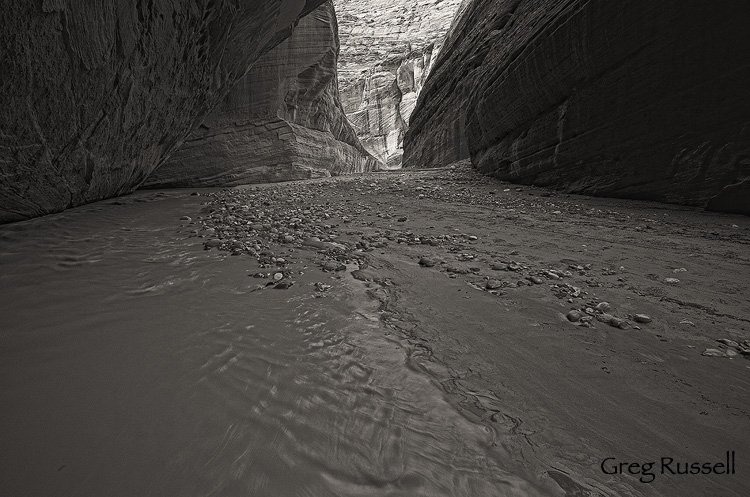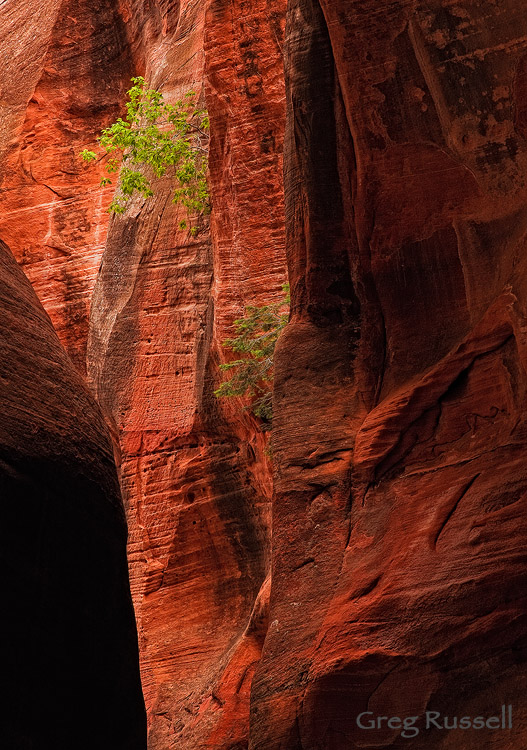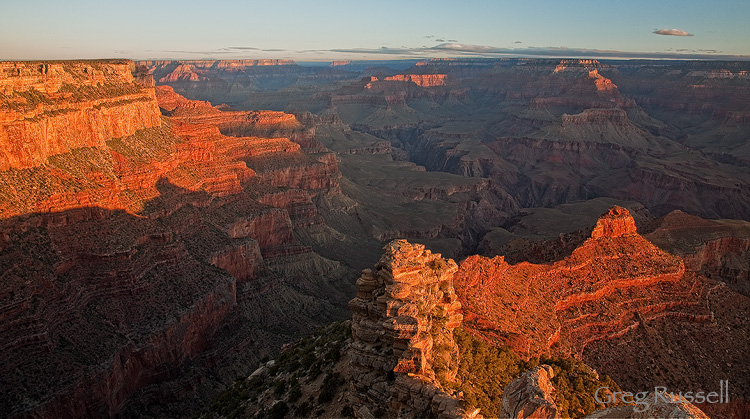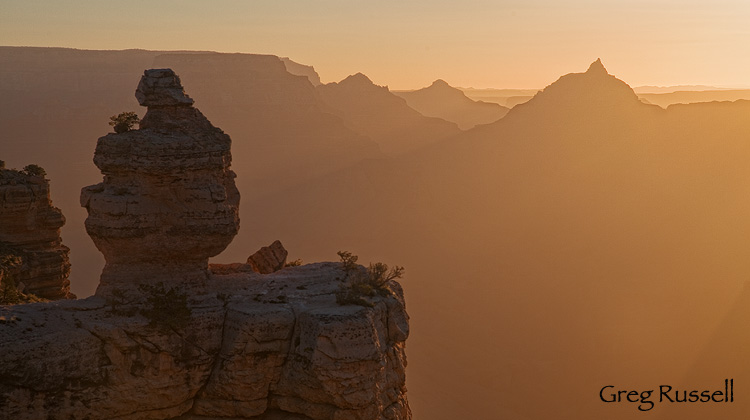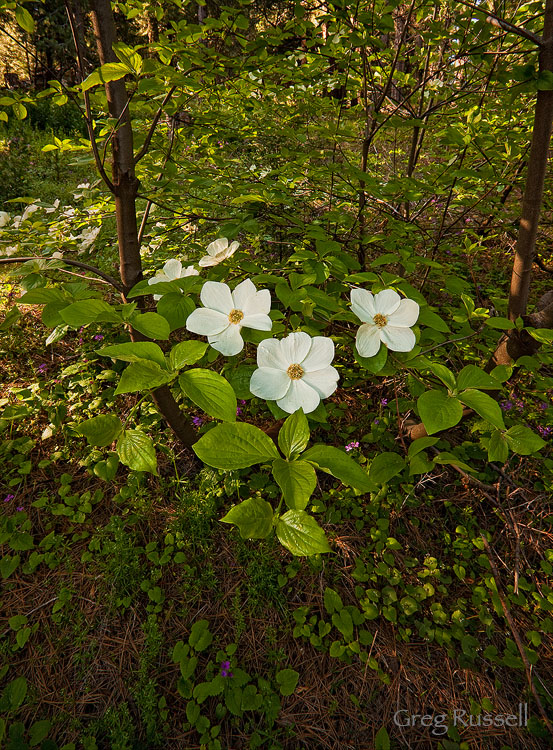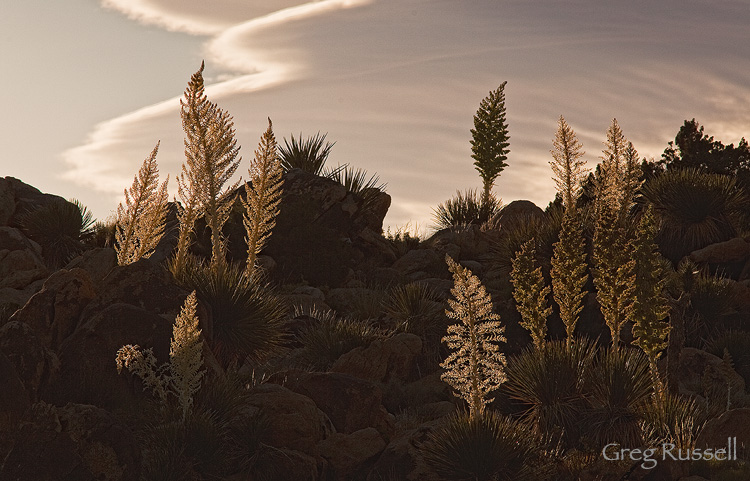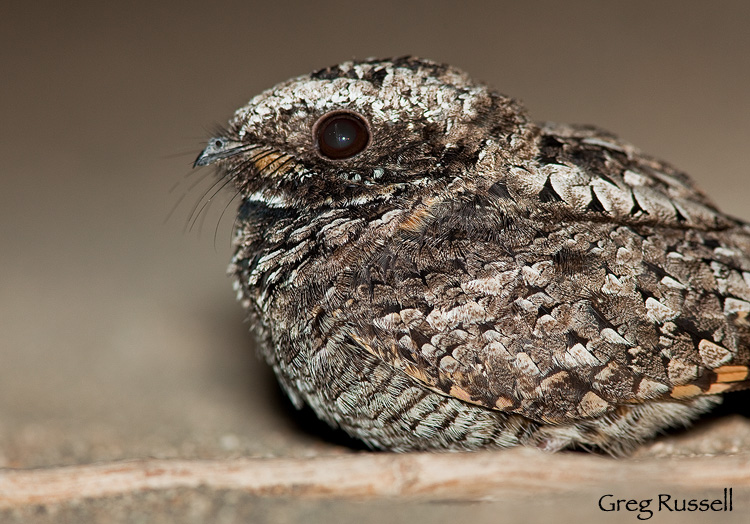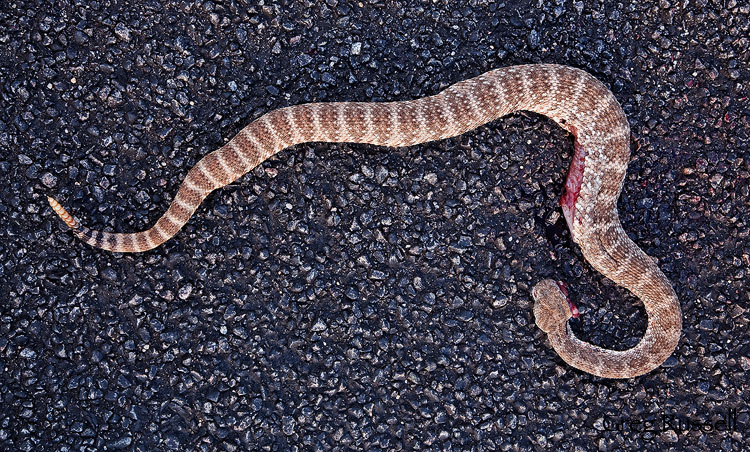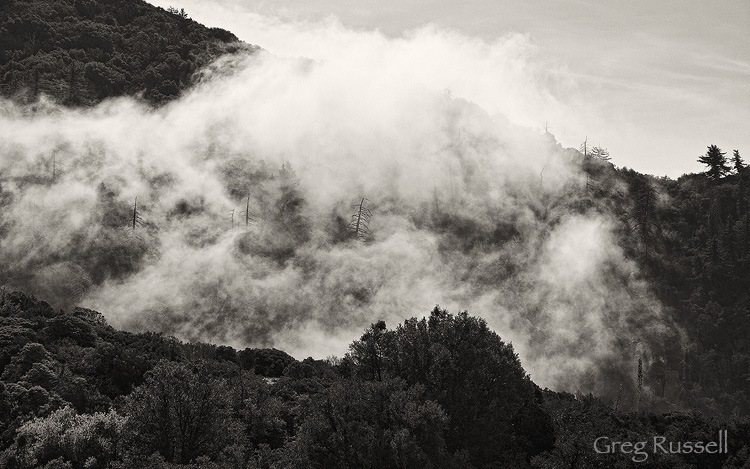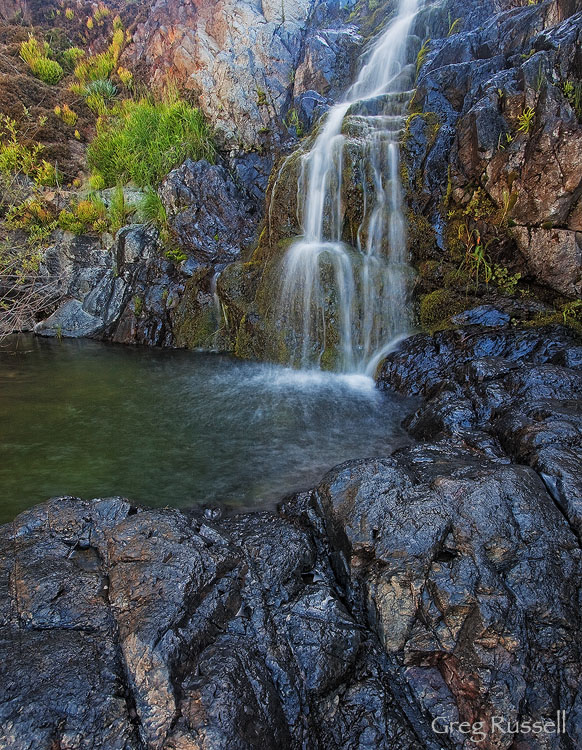Wait? What? 2011 is half over? When did that happen?
Indeed, its true. It feels like just yesterday, we were celebrating the arrival of a new year, now, many of us are baking in summer heat, enjoying the cool climate of the high country. Time does fly, but its been an incredibly productive year so far, not only photographically, but professionally; in addition, my year has been incredibly enlightening on a personal level too.
I’ve been taking the time over the last few days to review some of my images from the year so far. There’s no real purpose for this, nostalgia I suppose. However, in selecting my July image of the month, I decided to re-introduce an image that’s already been featured on my blog. I know it won’t appeal to everyone, but I keep coming back to it as one that’s very special. Its definitely one of my personal favorites.
As I said previously, the Paria is one of those rivers that isn’t for everyone, and its surely not as sought after as the Green, Colorado or Dirty Devil, but its gorgeous, and I think the simple beauty of it is what moves me so much. Like so many of you, I feel safe and comforted when I’m in a canyon, and the way the walls of the Paria sweep overhead, sheltering the hiker, only adds to the effect. Katie Lee describes a friend’s reaction to Navajo Sandstone (1):
I have licked sandstone so many times, just gotten on hands and knees and passed my lips right over the surface, either the smooth on narrow canyon walls, or the sandy-rough up on top. And Navajo Sandstone…that rock has gotten inside of me…whales and thighs and water and moons. MY GOD, ITS SHAPES!!! SHOULD WE EVEN BE ALLOWED TO SEE SUCH THINGS? I started using the word sensual all over the place.
Without getting too risqué (this is a family-friendly blog after all), I’ll agree with the author of that passage. The redrock wilderness of the southwest moves people in special ways, and I think that’s why this image moves me so. I hope you enjoy it too!
(1) In her essay, Sandstone Seduction.

